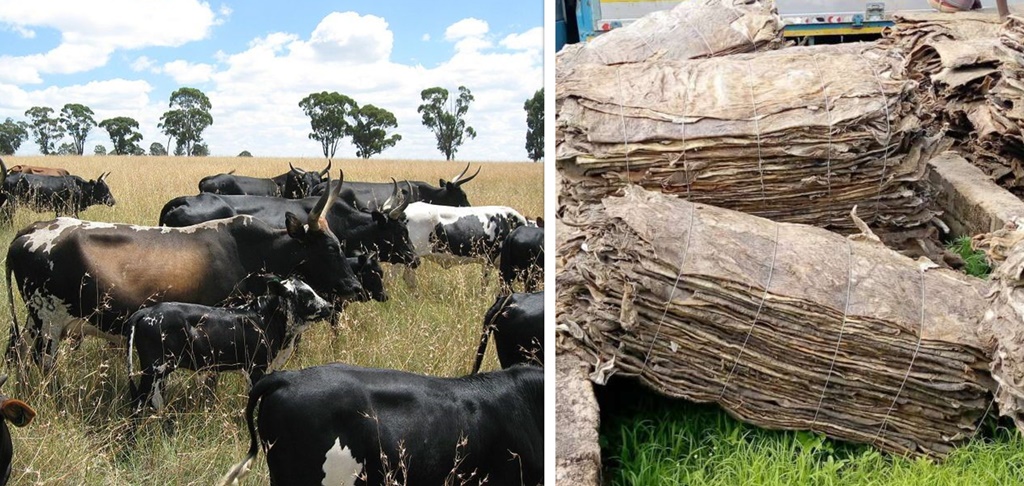Author: HILDA MHAGAMA
AfricaPress-Tanzania: FOR Tanzania to improve the quality of hides and skin, herders have been advised to adopt improved breeds to meet required standards in the international market.
The advice was issued yesterday by Skin Development Officer from Musoma District Council, Mr Ayubu Joseph during the ongoing 27th Nane Nane agricultural exhibitions in Bariadi District of Simiyu region.
Mr Joseph said the size, weight and degree of uniformity of hides and skin depends on farming technologies, saying for instance, most herders use Tanzanian Short Horn Zebu (TSHZ) that produce small and light skin.
“I know it is not easy for herders in most parts of the country to ditch TSHZ and go for improved breeding by using insemination or crossbreeding, but for Tanzania to get quality hides and skin, such technologies have to be adopted,” he said.
He further said specification required by most buyers include skins ranging from five kilogrammes and above, while TSHZ produce skins weighing 3-4 kilogrammes, so often sellers do not meet the standards as the available breeds are small.
According to Mr Joseph, other constraints facing the sub-sector are inadequate animal husbandry practices linked to protecting the animals from ticks’ attack, such as dipping and creating marks to animal skins that cause the hides or skins to lose their value.
Expounding further, he said some of the animals kept in the pastoral system have scratches, horn rakes, tick bites, curing and identification marks, which lower the skin value, adding that storage and transportation methods for animals also play a significant part in reducing the quality and value of hides and skins.
It is estimated that Tanzania has a population of 30.5 million cattle, 18.5 million goats, 5 million sheep, and 600,000 donkeys –making the country among the top three countries with a large number of livestock population in Africa.
Export data for 2014, published in the National Strategy for the Leather Sector demonstrates that Tanzania is the 14th largest exporter of hides and skins in Africa, and the 12th largest in Sub Saharan Africa.
Total hides and skin exports from Tanzania for 2018/19 (April) were worth USD 3.6 million.
According to the livestock and fisheries commodity value chain, Tanzania has nine leather processing industries, but only five industries are currently operating.
Of the five operating industries, three convert raw hides and skins to tanned leather (Web blue) while two process raw leather up to the final stage (Finished leather).




